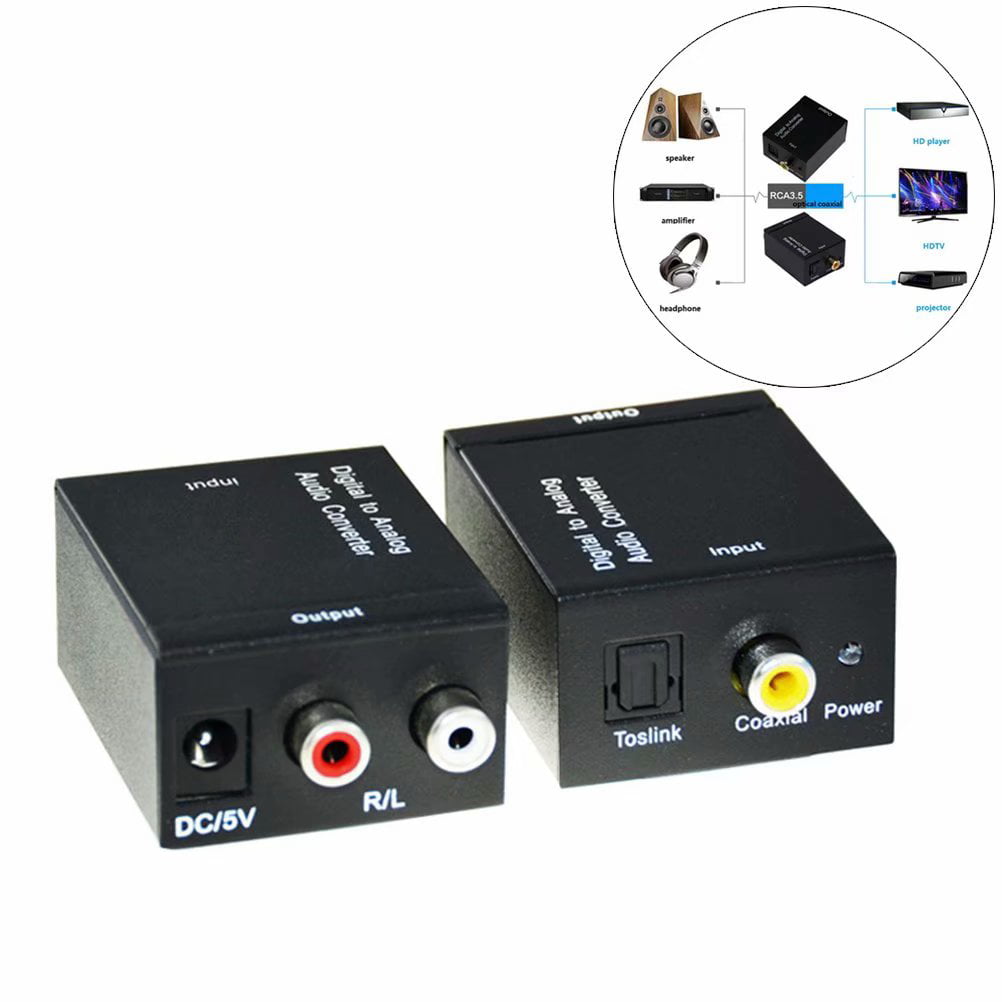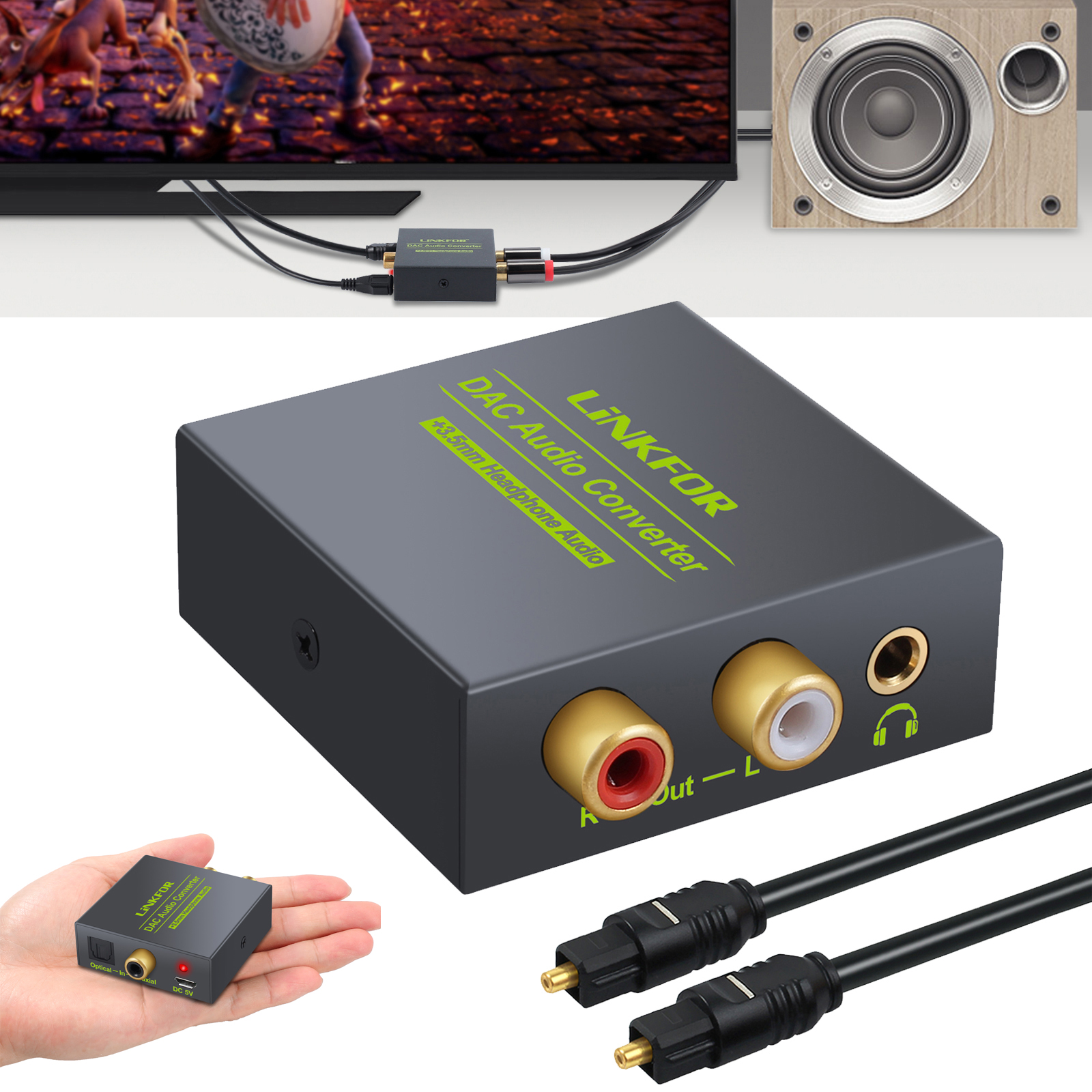

- #AUDIO OVERLOAD ON RECEIVE COAX PATCH#
- #AUDIO OVERLOAD ON RECEIVE COAX FOR WINDOWS 10#
- #AUDIO OVERLOAD ON RECEIVE COAX SOFTWARE#
- #AUDIO OVERLOAD ON RECEIVE COAX PC#
- #AUDIO OVERLOAD ON RECEIVE COAX WINDOWS#
Harmonics - When a sine wave is distorted (not pure) it creates harmonics that are integer multiples of the fundamental frequency these harmonics end up getting into receivers at these harmonic frequencies interfering with operation on those frequencies. Three of those listed here can cause interference, therefore the correct answer is "All of these choices are correct".įundamental overload - This is a case when the transmitted signal is so strong that it overloads the receiver which prevents proper reception of the desired signal. Question 100% packet loss to League of legends servers.There are many things that can cause interference with radio signals.

Question I got packet loss and have almost identified the problem
#AUDIO OVERLOAD ON RECEIVE COAX WINDOWS#
Question Downloading/Uploading causes extreme packet loss after windows reinstall Question Interference from somewhere causes Ping Spikes and Packet Loss ?
#AUDIO OVERLOAD ON RECEIVE COAX FOR WINDOWS 10#
Question Network speed / packet loss tracking app for Windows 10 ? Question Packet loss on 100ft ethernet connection Question packet loss spikes up to 100% every couple of minutes Question Will a switch combine packets from 100Mb connections to 1Gb Question Trying to figure out the source of inconsistent packet loss and ping spikes I ran this test against my modem, and it confirmed my suspicions: Īfter that, replacing the modem with a Netgear D1000 fixed everything.
#AUDIO OVERLOAD ON RECEIVE COAX PATCH#
It turns out the games I was playing generated enough traffic to overload the modem I was using, and eventually it would dump the buffer it was using to patch this issue, and when that buffer dumped I'd lose any packets pending.

There's a lot of FUD out there, probably lawyers trying to get people to join class actions, but there's a significant amount of truth to this problem as well. This led me to reading about the Intel Puma 6 issue. If I examined the graph closely, I'd still see a small spike every 20 minutes, but no packet loss. High bandwidth, but low frequency, activities would result in much fewer issues. I noticed that it was possible to force this issue to stop by engaging in very specific activities that had specific traffic patterns. Your latency is very good in general with low jitter so it not a load or capacity type of issue.īumping this thread because I found the answer, and hope I can help someone in a similar boat solve this problem if they're struggling. Then again maybe it is not fully in bridge mode or something.
#AUDIO OVERLOAD ON RECEIVE COAX SOFTWARE#
Maybe some software problem with one of the routers. A bad ethernet cable but that is very unlikely. If it is between the 2 routers in your house I can't say how that can happen really. It has no real concept of IP addresses so it does not respond to ping or trace. When you place your router/modem into bridge mode it should be transparent to any trace since all it is doing is converting the ethernet packets to docsis and putting it on the coax. This normally would be the case if you had 2 routers in your house. The only very strange thing I see in your ping plot is hop 2 which should represent the connection between your house and the ISP has a very low latency. The equipment they use to test the signal levels is actually more accurate than the modem and you have replaced the modem. Your ISP should have found these issues when they were out to test. There should also be on that display number of correctable and uncorrectable errors. Many times it is the upload levels that are too high that causes many issues. You should also check you signal level to be sure they are ok. See if there are corresponding messages in the log from where the pingplot shows large loss. You modem should have both a log and display that shows the power levels. I am glad you properly can read the ping plot unlike many people that don't understand strange results like your router and its high fake packet loss.
#AUDIO OVERLOAD ON RECEIVE COAX PC#



 0 kommentar(er)
0 kommentar(er)
